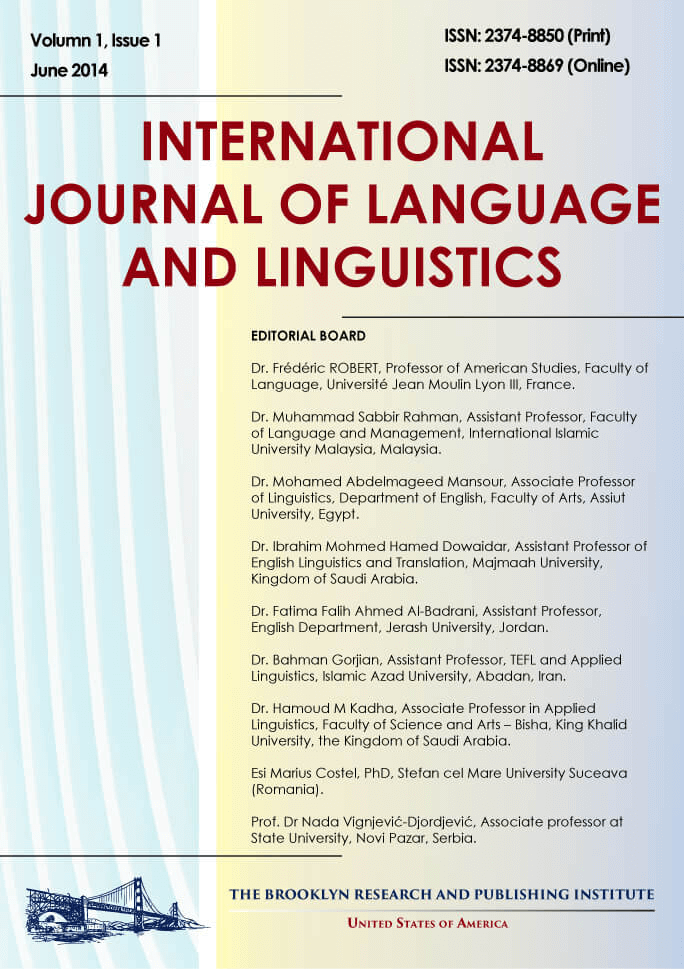Effects of Communicative Instruction versus Explicit Instruction on Taiwanese EFL Junior High Students’ Word Recognition of Connected Speech
Feng-lan Kuo, Yihsiang Kuo, Ju-ting Lee
Abstract
This study compared effects of communicative versus explicit instruction of connected speech against none
connected speech instruction on word recognition of connected speech among three classes of Taiwanese EFL
eighth graders. Two intact classes were randomly assigned to receive either communicative or explicit instruction
of connected speech, whereas a third (control) class received its regular instruction without connected speech.
The instructional period lasted six weeks with 25 minutes of connected-speech instruction a day, two days a week.
A self-developed cloze test serving as a pre- and post-test evaluated spoken word recognition abilities. ANCOVA
results showed that: (a) Explicit Group obtained significantly higher adjusted mean than Control Group and no
significant difference existed between two experimental groups or Communicative Group and Control Group; (b)
Explicit Group and Communicative Group consistently had significantly higher adjusted means than Control
Group in both contraction and elision patterns, but non-significant differences arose between experimental
groups; (c) there were non-significant differences among three groups in C-C linking, C-V linking, and
palatalization. Educational implications and several suggestions for future research are provided based on
results of this study.
Full Text: PDF
International Journal of Language & Linguistics
ISSN 2374-8850 (Print), 2374-8869 (Online) DOI: 10.30845/ijll
Visitors Counter
3835978
| 7275 | |
| |
8977 |
| |
154217 |
| |
154325 |
| 3835978 | |
| 123 |

